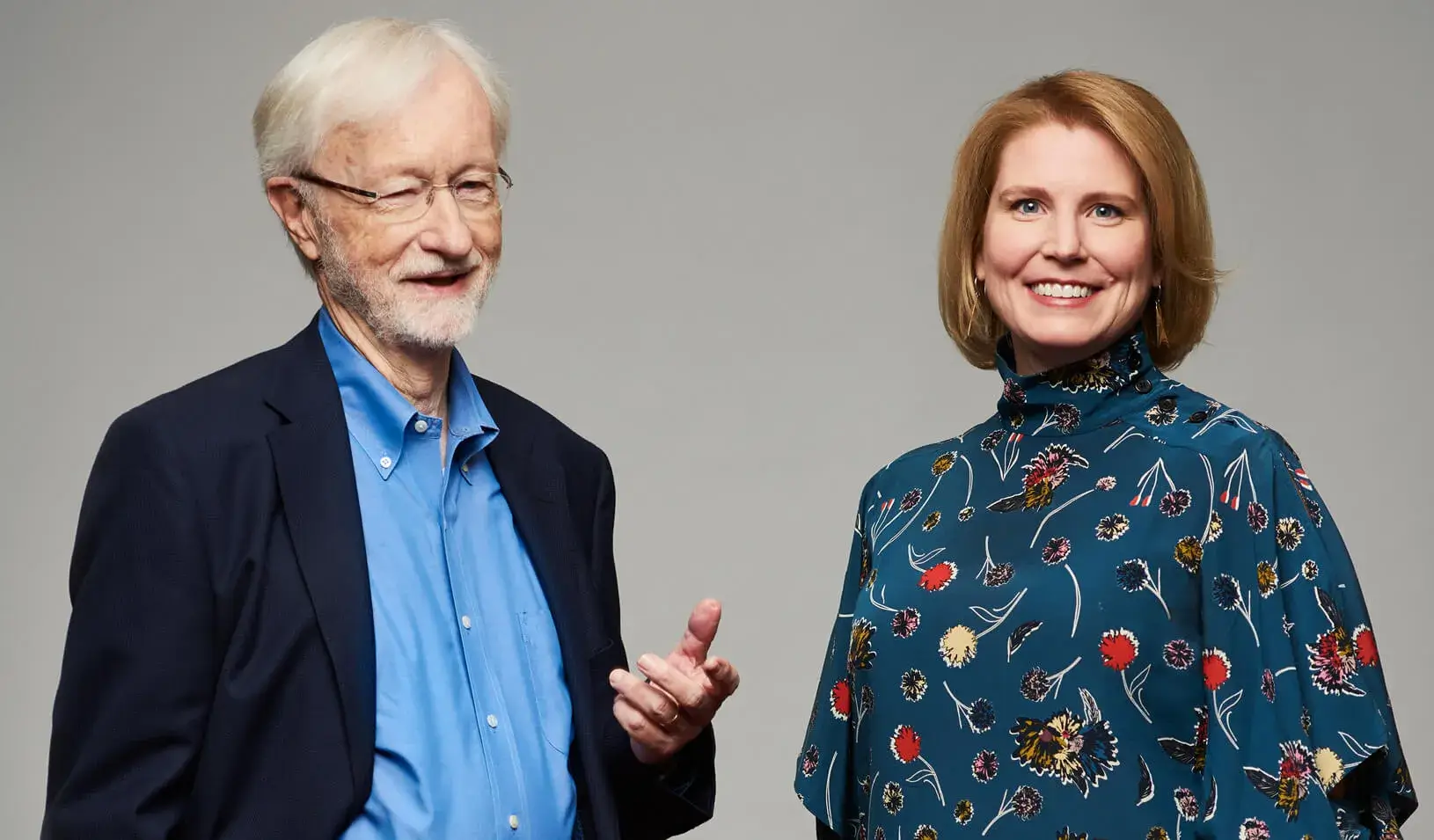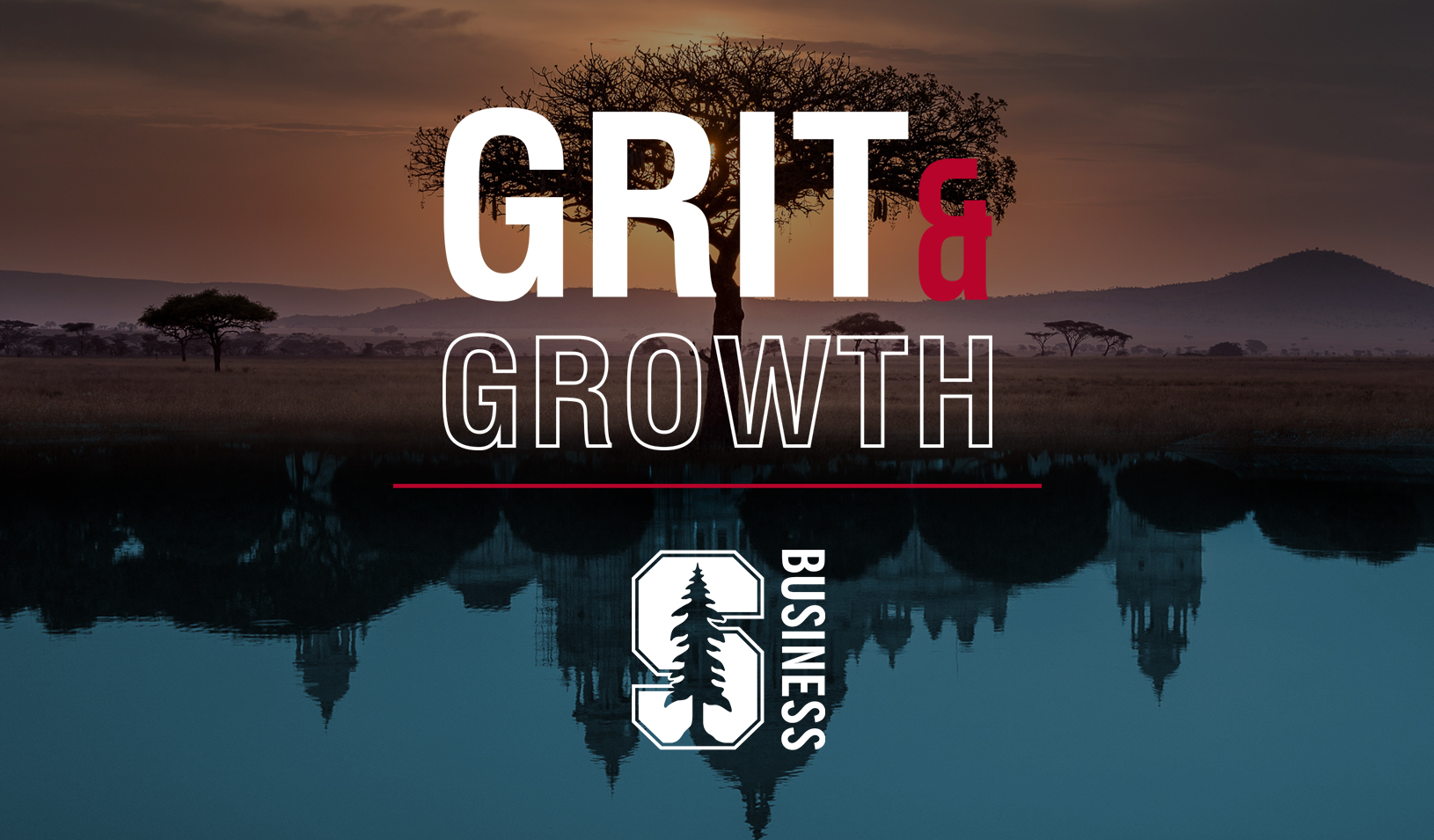Can a Giant Company Behave Like a Startup?
Stanford GSB faculty reveal the art of engineering entrepreneurialism within existing organizations.
March 06, 2019

Charles A. O’Reilly III and Amy Wilkinson teach Stanford GSB students how even giant companies can behave like innovative startups. | Drew Kelly
Imagine a container ship. They’re heavy — many can carry more than 10,000 intermodal containers and tip scales at upward of 150,000 tons. They’re huge — most measure more than 1,200 feet long. At top speed, the ships move fast but are incredibly difficult to shift course.
How Major Players Moved the Needle
General Motors: The Importance of Diversifying
General Motors is the largest American automobile manufacturer and one of the largest car companies in the world. From a business perspective, however, the company historically has been glacially slow to innovate — that is, until recently. Following a bankruptcy in 2009, the company has diversified operations in a big way, moving from a car company to a mobility company.
One of the guest speakers in the Beyond Disruption course last fall was Mike Abelson, GM’s vice president of global strategy. Abelson came to talk more about how the company has expanded operations in a push to spark innovation. Instead of managing only internal-combustion cars, GM is pushing forward into autonomous vehicles, connectivity and connected cars, electrification, and ride sharing.
O’Reilly says the GM strategy is to create “ambidexterity” — to stay the course with proven products and simultaneously innovate with the hopes of growing new product lines and scaling them accordingly. Already, GM is piloting autonomous cars with the help of Cruise Automation, it just announced a new e-bike product, and it launched a ride-share service named Maven in 2018.
“Will they be successful? I don’t know,” O’Reilly says. “They sure have organized themselves in a successful way.”
Walmart: Follow the Customers
When Walmart wanted to experiment in the competitive world of retail, it turned to its customers for guidance, and they said they wanted more convenient access to health care. Data supported this move — demographics indicate that nearly 90% of the U.S. population lives within 10 miles of a Walmart.
These were the driving forces behind the chain’s push to expand and amplify in-store health and wellness options with health care providers and medical clinics.
In many ways, the move is a no-brainer. Walmart has had pharmacy, ophthalmology, and some pediatric services for years. Bringing in more doctors and health care providers means the brand simply is being consistent with the company mission: to provide access to consumers for services they need.
Also, Lori Flees, Walmart’s senior vice president and general merchandising manager, said that by moving into health care, Walmart gets to leverage assets and capabilities to convert long-standing merchandise customers to become long-term medical customers, too.
“Companies like [Walmart] know they have to move faster and smarter every single day — and that means repurposing huge assets to mitigate risk and open new opportunities to serve customer needs,” says Wilkinson. “The fact that they’re innovating like this is pretty exciting.”
Big companies are like these ships. They’re heavy — often with massive overhead, multiple locations, and thousands of protocols. They’re huge — with budgets in the billions or multimillions, and tens of thousands of employees. Not surprisingly, change is difficult for these behemoths, as well.
But every big company strives for these shifts, or risks obsolescence. The challenge is the subject of a popular course at Stanford Graduate School of Business dubbed Beyond Disruption: Entrepreneurial Leadership Within Existing Organizations.
The course is co-taught by Charles A. O’Reilly III, the Frank E. Buck Professor of Management, and Amy Wilkinson, a lecturer in management. With firsthand anecdotes from creators within big corporations, the course seeks to help students understand which approaches to innovation work, which don’t, and what it takes to help organizations nimbly stay ahead of disruptive threats and avoid problems that lead to decline.
“Whether you’re in the C-suite or middle management, these skills will help you innovate and navigate inside a larger organization,” says Wilkinson.
Here Wilkinson and O’Reilly share valuable insights in shifting large organizations successfully.
Importance of Ambidexterity
The instructors explain there are two ways to think about innovation in a big company. The first take is a bottom-up approach that essentially mirrors traditional entrepreneurialism, in which individual employees drive change. The second strategy is top-down, focusing on what senior leaders must do to design an organization in a way that would be receptive to innovation.
As O’Reilly explains it, success comes from the contrapuntal coexistence of these perspectives.
“Our approach incorporates the individual skills view and the organizational structure view,” said O’Reilly, author of Lead and Disrupt: How to Solve the Innovator’s Dilemma. “These are two very different perspectives on how to spark change, but you have to shift them both.”
For O’Reilly, in order to disrupt on the organizational level, senior leaders must become “ambidextrous,” meaning they must be good at promoting exploitative efforts while managing exploratory ones.
Fundamentally, this suggests business leaders who wish to handle disruption need to manage two approaches that — at least on the surface — are paradoxical. Exploitation seeks to streamline, focusing on efficiency and short-term incremental improvements. Exploration is precisely the opposite — companies must be willing to try new things, iterate, fail, try, and try again.
“The skill sets for each of these are vastly different — oftentimes people are good at one and not the other,” he says. “Some of the things we focus on with students are how to tolerate these differing perspectives, and how to align a company to create the space necessary for both leadership styles.”
In Defense of the Individual
Wilkinson, the author of The Creator’s Code: The Six Essential Skills of Extraordinary Entrepreneurs, focuses more on individual skills necessary to innovate within the corporate superstructure.
She says that anyone can drive change within a larger organization, so long as they are motivated by purpose and they believe what they’re building is bigger than they are. Specifically, Wilkinson refers to these change agents as “creators,” and identifies (and shares) six skills that senior leaders can learn, practice, and pass on to others.
- Find the Gap: Creators keep their eyes open for new opportunities and unmet needs. They then meet these needs by transplanting ideas across divides, designing a new way forward, or merging disparate concepts.
- Drive for Daylight: Creators focus for the next big idea and set the pace for others inside a company.
- Fly the OODA Loop: Creators master fast-cycle iteration by observing, orienting, deciding, and acting (hence the acronym, OODA) on key issues. This enables them to gain an advantage and keep moving.
- Fail Wisely: Creators realize that small failures are necessary to avoid major mistakes. As part of this learning process, they learn where to test hypotheses and develop resilience.
- Network Minds: Creators recognize that harnessing cognitive diversity can be a boon to any organization. To do this, they design shared spaces, foster flash teams, hold prize competitions, and build work-related games.
- Gift Small Goods: As simple as it might sound, creators trade in generosity by sharing information, helping with tasks, and opening opportunities to others.
“The six essential skills are not discrete, standalone practices; each feeds the next, creating synergy and momentum,” she says. “When a creator brings together all six skills, employees, customers, investors, and collaborators of all kinds take notice. Customers become evangelists. Employees turn into loyalists. Investors back the company with support that transcends financial returns. It’s something magical. And it can happen anywhere.”
For media inquiries, visit the Newsroom.
Explore More

From Local Startup to Pan-African Success: The Beem Story

Strategy: It’s the Big Bets that Matter



